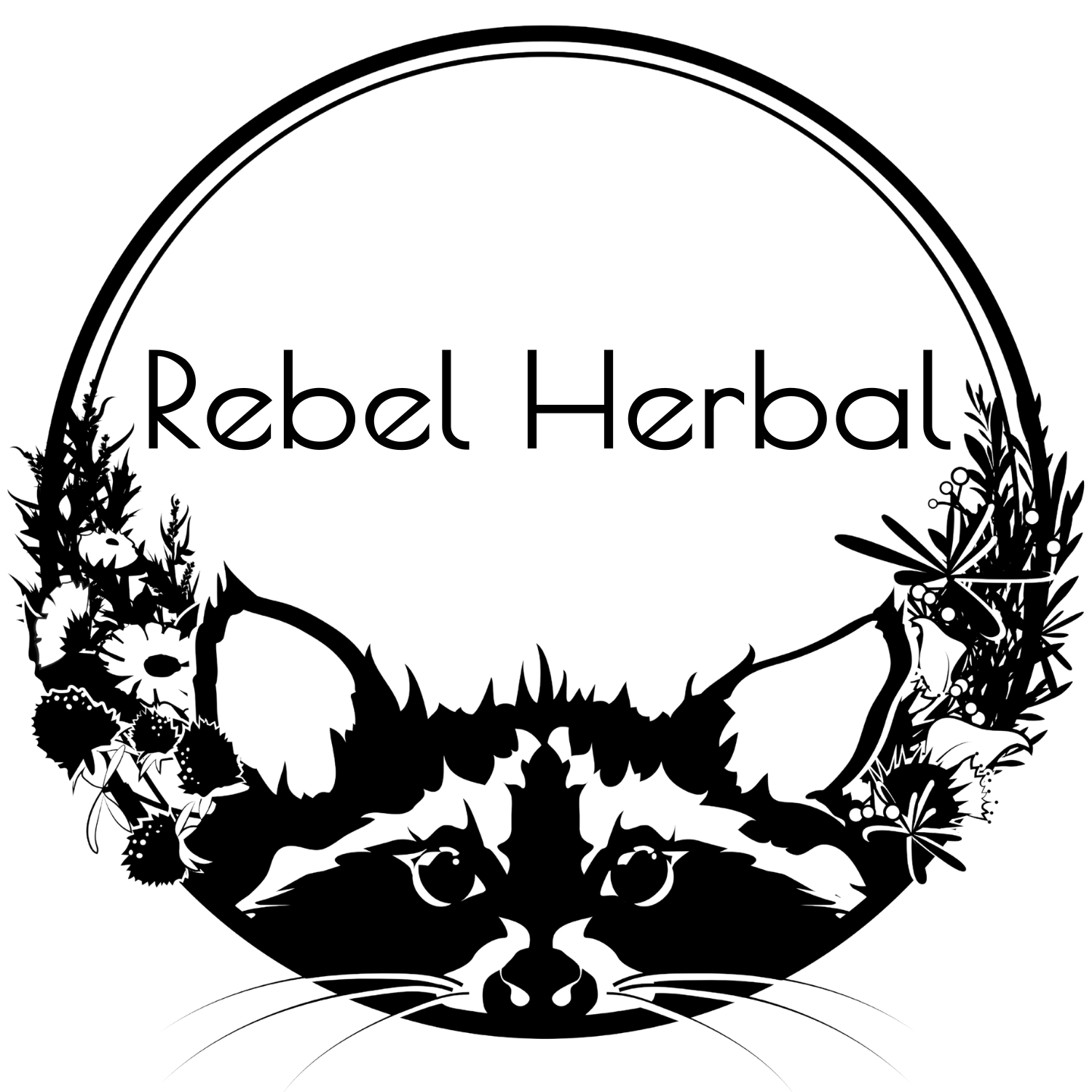Ethical Wildcrafting + Stewardship: A Video
In this video I introduce you to the ethics, principles, and practices of wildcrafting (harvesting) plants. I cover intention, intuition, tools, and how to not be an ass hole to the Earth.
In this video I introduce you to the ethics, principles, and practices of wildcrafting (harvesting) plants. I cover intention, intuition, tools, and how to respectfully connect with Earth’s medicines. This is essential information for ANYONE interested in foraging, collecting, or otherwise working with and removing plants from their homes.
Decoctions and Infusions
Herbalists rarely call a tea a tea. Hang around your local herb shop and you’ll hear tisane, infusion, and decoction long before the word tea comes out of someone’s mouth. That’s because in the art of herbal medicine, a tea isnt’ just a tea…
Herbalists rarely call a tea a tea. Hang around your local herb shop and you’ll hear tisane, infusion, and decoction long before the word tea comes out of someone’s mouth. That’s because in the art of herbal medicine, a tea isnt’ just a tea - and these other unfamiliar terms indicate just HOW the tea is prepared - because not all teas are just a teaspoon of herbs in a tea bag and steeped in water…it gets a little deeper than that.
An herbal infusion is the closest thing to a regular herbs-steeped-in-water tea. One difference is that while you can make an infusion using a tea bag, an herbal infusion usually uses a larger quantity of herbs than a teabag from the grocery store, which is what we herbalists refer to as a Tisane. A beverage tea drunk for fun or for mild benefit, but not usually extra-strength like an infusion or decoction would be, at a ratio of at least 1 Tablespoon of your chosen herb to 1 cup of boiled water. Tisanes and teabags generally use about 1 Teaspoon of herbs, to your cup of hot water.
Infusions are most notably different from the other types of teas because they are made using delicate parts of the plant. The flower, leaf, non-woody stems, and some seeds (like Fennel or Cardamom) are measured, placed into a glass jar, and covered with just boiled distilled or spring water, and then covered. Infusions need to steep for at least 20 minutes for a maximum extraction without maximum bitter principles being pulled into the water. It’s important to note as well that if you’re using primarily seeds for your infusion, you can use 1 Teaspoon instead of the generally used Tablespoon, because they are more dense and heavy.
Decoctions are made using the woody, fibrous parts of a plant, like barks, berries, hard seeds, and roots. We tend to use between 1 teaspoon and 1 tablspoon of the plant material per 1 cup of water. We add these to a stainless, glass, or cast iron pot, and bring to a gentle simmer. You do NOT want to boil this mixture - you want the water bubbling but not rolling like you want for pasta. Place a lid on your vessel and allow to simmer gently for 20 minutes.
Some herbal formulas contain different types of plant parts, so you’ll want to do a combined decoction-infusion process. For these, you’ll decoct the hard plant parts first using the total amount of water for the combined fomrula. Once the decoction is complete, add the infusion herbs and allow to steep, covered, for 20 minutes or more.
It is absolutely possible to put 1 tablespoon of herbs into a tea bag, tea ball, or cheese cloth, to do your infusing. I typically only recommend this when you’re traveling or don’t have access to the accoutrements you’ll need for the other methods, because you tend to get a weaker extraction.
There are great stainless steel mesh strainers that fit right inside your mug and make it pretty easy to do infusions. Whether infusing or decocting, make sure you strain your herbs through cheesecloth, muslin, a coffee filter, (use unbleached or sunbleached for all of these materials, if possible) or stainless strainer, pressing the herbs with your fingers or a spoon to get the extra out. That’s the good part with the most concentrated medicine, so you don’t want that to go to waste.
When your infusion, decoction, or tisane is ready to drink, dispose of your plant material in the most respectful way possible. Toss into your yard, put in the compost, or prayerfully put in the trash if those options are not available to you. Most water extracts can be stored in the fridge for up to 3 days, so I like to make 3 days worth at a time.
Reheat your teas on the stove, and not in the microwave. Sweeten with honey, maple syrup, or fruit juice if desired, but I highly recommend getting familiar with the unique tastes, textures, and sensations the herbs provide before adding anything to it. This will help you grow in your understanding of herbs and their properties, and is valuable information all herbalists seek out when getting to know their medicines.


